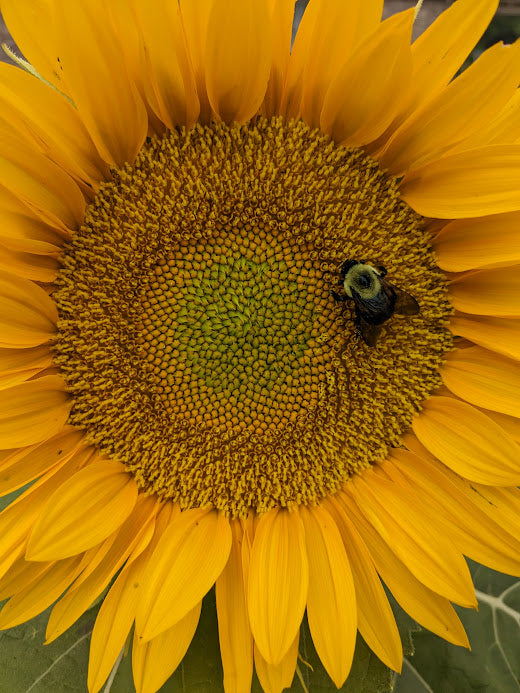
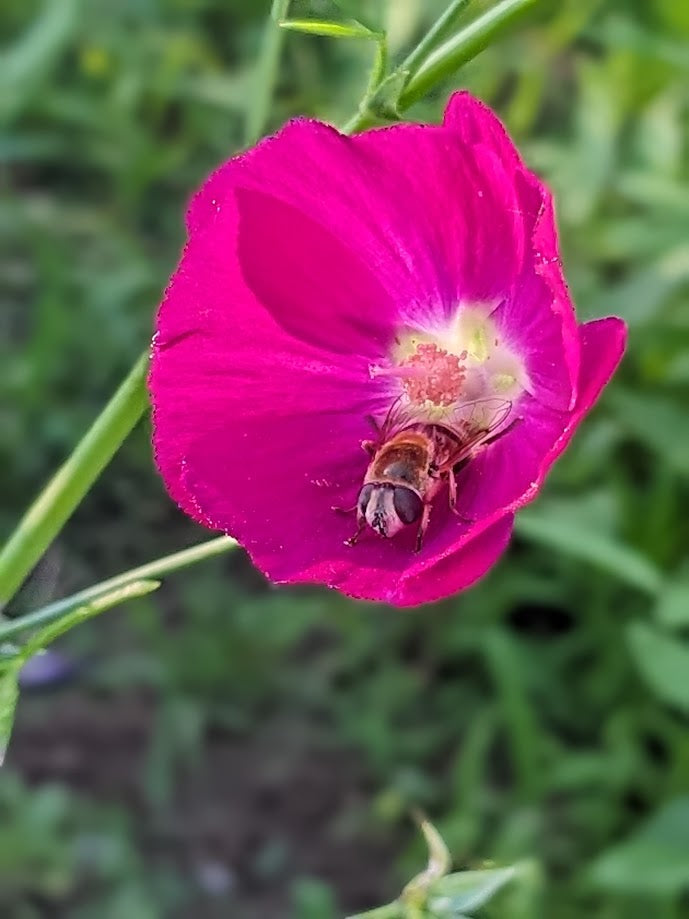
Pollinators
Pollinators are the backbone of ecosystems, responsible for fertilizing nearly 80% of all flowering plants and about one-third of the crops we eat. These essential creatures transfer pollen from the male structures of a flower (anthers) to the female structures (stigma), enabling fertilization and the production of seeds. While bees are often the first pollinators that come to mind, a vast and diverse array of species plays a role, including butterflies, moths, beetles, flies, hummingbirds, and even bats. Each type of pollinator has evolved alongside native plants, developing specialized relationships that ensure both species’ survival.
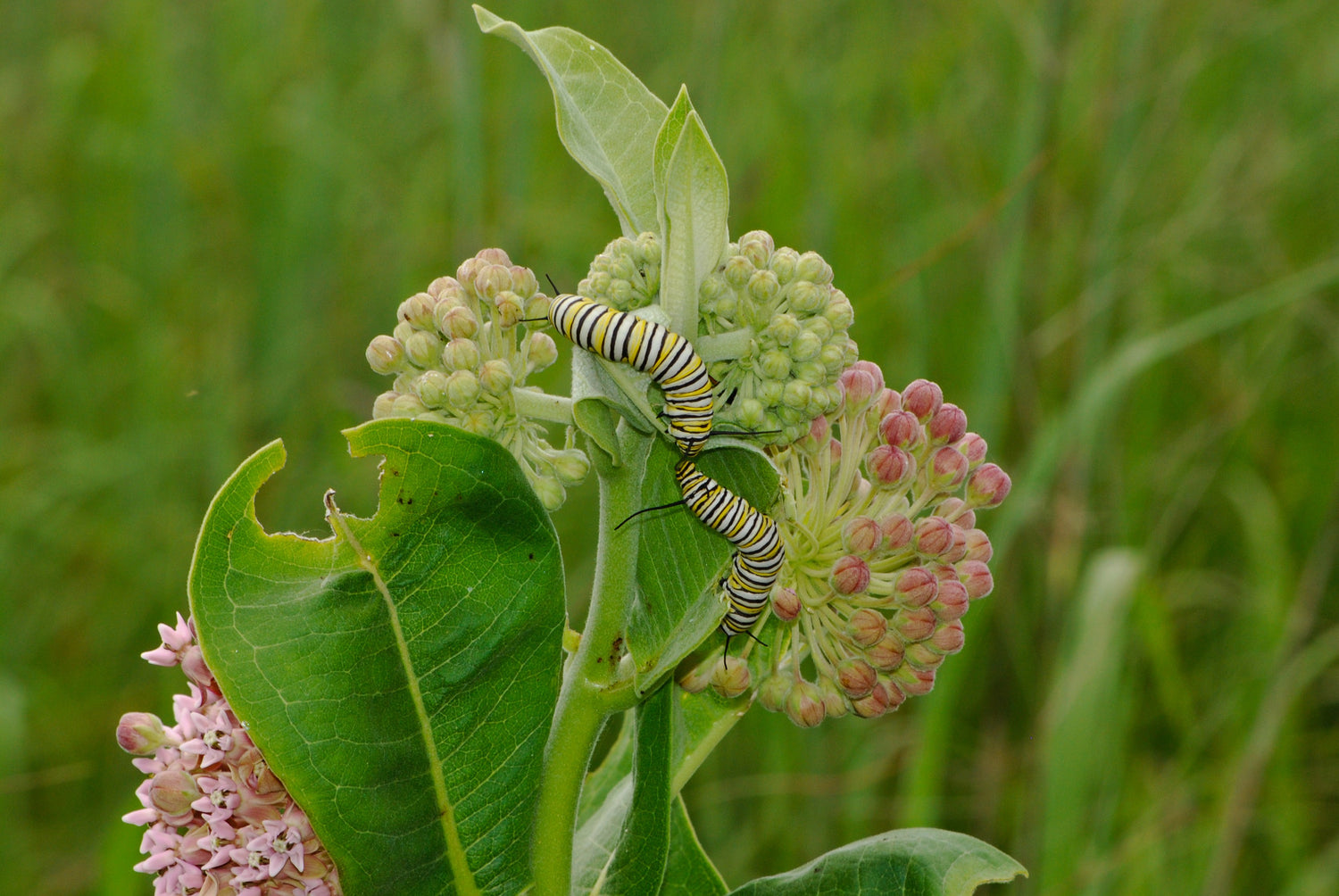
Pollinator-Plant Relationships & Host Plants
Many pollinators depend on specific plants to reproduce, and in some cases, these relationships are so specialized that if the pollinator or plant disappears, the other may follow. This is especially true for host plants, which are plants that certain pollinators rely on to lay their eggs and feed their larvae. A well-known example is the monarch butterfly (Danaus plexippus), which lays its eggs exclusively on milkweed (Asclepias spp.). Without milkweed, monarch caterpillars have no food source, making the plant essential for their survival. Similarly, pipevine swallowtail butterflies (Battus philenor) require pipevine (Aristolochia spp.) to complete their life cycle. These intricate relationships have evolved over thousands of years, creating delicate ecological balances that are easily disrupted when non-native plants or invasive species replace native flora.

Keystone Species & Ecosystem Impact
Some pollinators, such as native bees, are considered keystone species—organisms that have a disproportionately large effect on their ecosystems. If these species were removed, entire ecosystems could collapse. Native bumblebees (Bombus spp.), for example, are particularly efficient at pollinating plants through buzz pollination (sonication), a process where they vibrate at a frequency that dislodges pollen from deep within certain flowers, like tomatoes, blueberries, and wild indigo (Baptisia spp.). Without these specialist pollinators, these plants struggle to reproduce successfully, leading to cascading effects throughout the food chain.
Keystone plants are the cornerstones of healthy ecosystems, providing essential food and habitat for a wide variety of wildlife. These native species support the highest number of pollinators, birds, and other animals, making them critical for biodiversity. For example, oaks (Quercus spp.) host hundreds of caterpillar species, which in turn feed countless birds, while goldenrods (Solidago spp.) and asters (Symphyotrichum spp.) provide nectar late in the season when other flowers have faded. Without keystone plants, entire food webs begin to collapse, leading to declines in pollinator populations and the wildlife that depends on them.
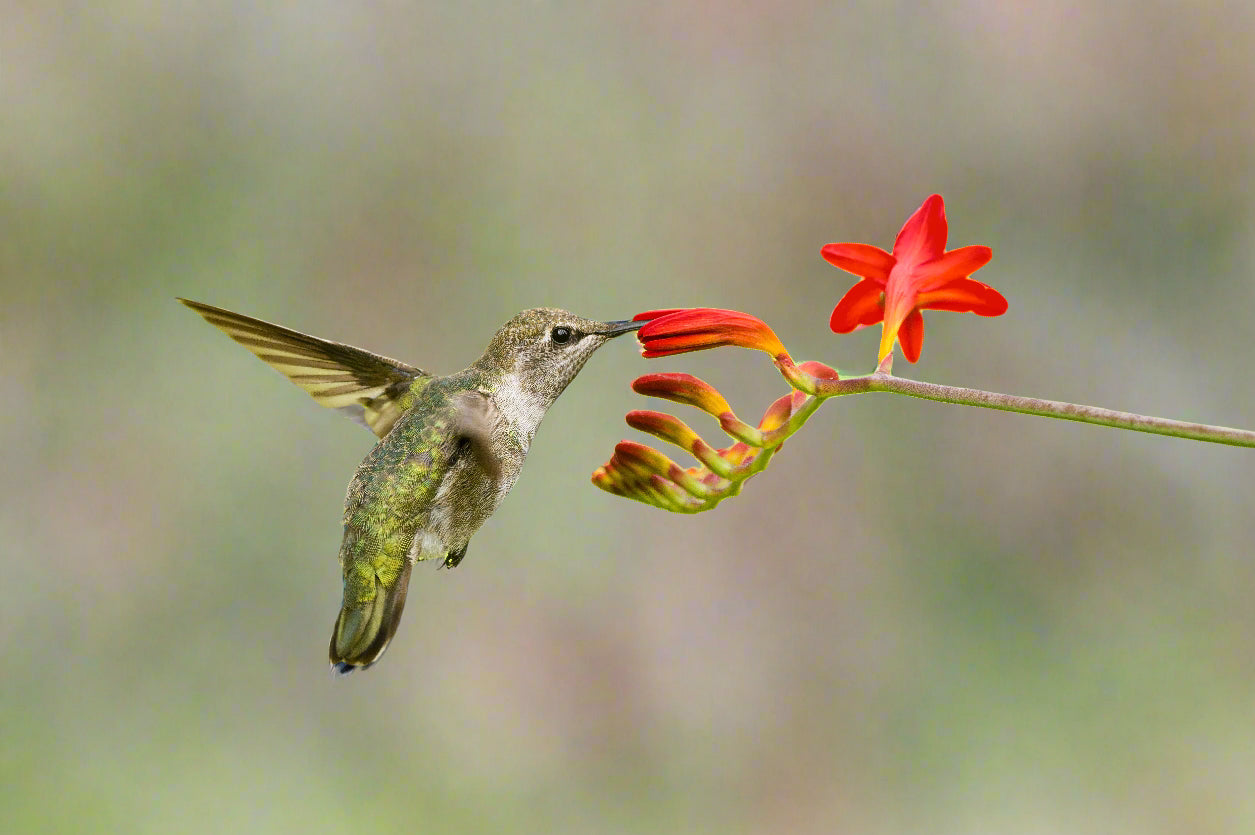
Flower Adaptations for Specific Pollinators
Over time, plants have evolved different flower shapes, colors, and structures to attract specific pollinators. Long tubular flowers, such as those of trumpet vine (Campsis radicans) and columbine (Aquilegia canadensis), are designed for hummingbirds, which have long beaks and tongues perfectly adapted for reaching deep into the flower for nectar. Flat, open flowers like asters (Symphyotrichum spp.) and coneflowers (Echinacea spp.) attract butterflies, which need a landing platform. Bees prefer flowers with bright colors and sweet fragrances, like goldenrod (Solidago spp.) and bee balm (Monarda spp.), and they are particularly attracted to blue, yellow, and white blooms. Meanwhile, moths and bats, which are active at night, pollinate pale or white flowers like evening primrose (Oenothera spp.), which release their scent after dusk to guide nocturnal visitors.
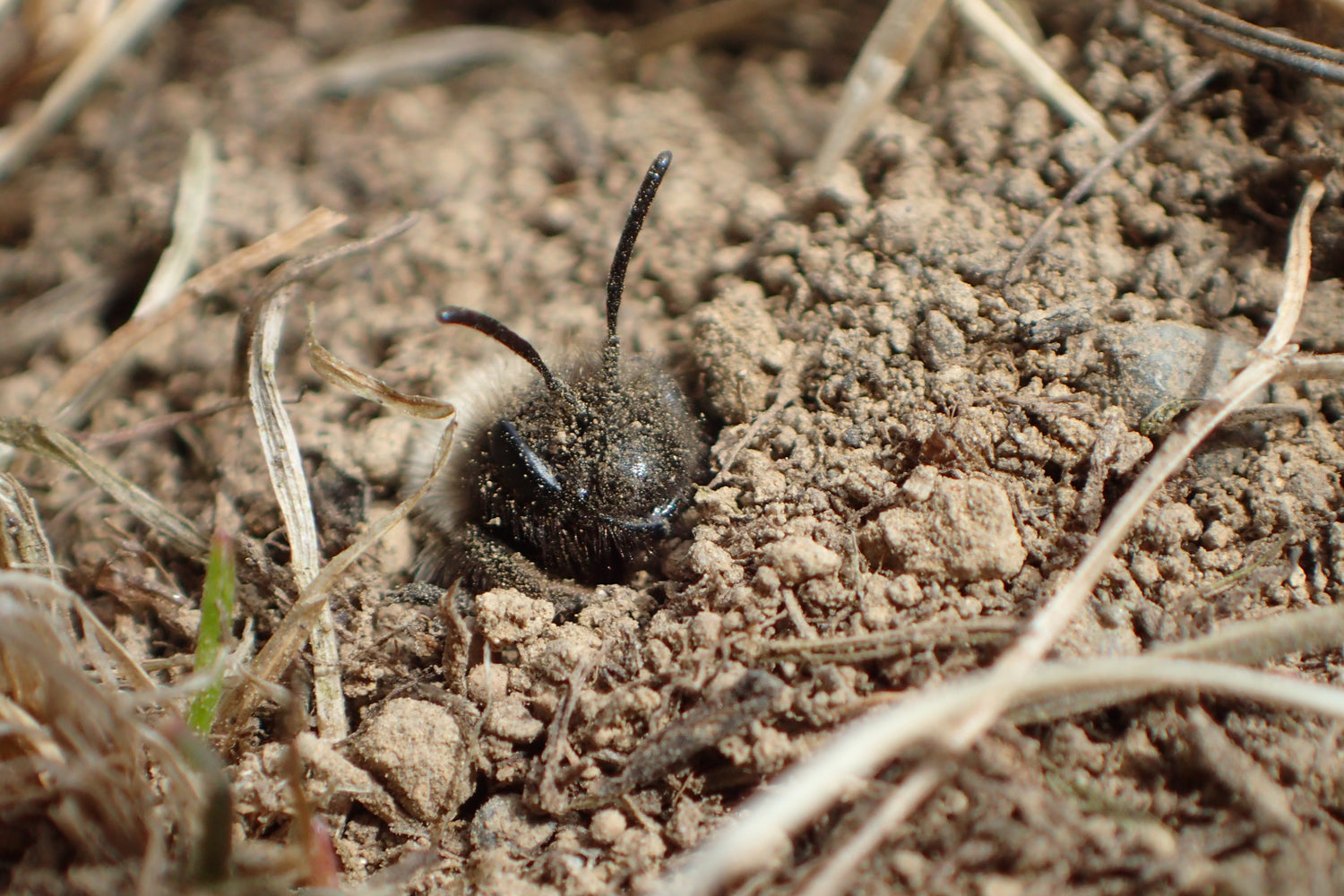
Pollinator Migration & Overwintering Strategies
Pollinators have different strategies for surviving the colder months. Some, like monarch butterflies, migrate south to Mexico and coastal California, where they find warmer temperatures and abundant nectar sources. Others, like many species of native bees, bumblebees, and butterflies, overwinter in place. Some native bees, such as mason bees and leafcutter bees, lay their eggs in hollow plant stems or underground tunnels, where their larvae develop safely until spring. Bumblebee queens burrow into the soil, while some butterfly species, such as the Mourning Cloak (Nymphalis antiopa), hibernate as adults under tree bark or in leaf litter, waiting for the first warm days of spring to emerge. Protecting native plant habitats year-round—including leaving leaf litter, avoiding unnecessary mowing, and preserving nesting sites—is crucial to ensuring pollinators survive through the seasons.
The Importance of Protecting Native Pollinators
The loss of native plants, combined with the spread of invasive species and pesticide use, threatens pollinator populations. Non-native plants often fail to provide the correct nectar composition or structure needed for pollinators, leading to declines in species that have evolved alongside native flora. Additionally, European honey bees (Apis mellifera), though widely used for agriculture, can outcompete native pollinators for resources, disrupting delicate ecological relationships. Supporting native pollinators means choosing native plants, avoiding chemical pesticides, and preserving natural habitats.
Pollinators and native plants are deeply interconnected, each depending on the other for survival. By restoring native plant communities, we not only support pollinators but also strengthen entire ecosystems, ensuring that these intricate, life-sustaining relationships endure for generations to come.
